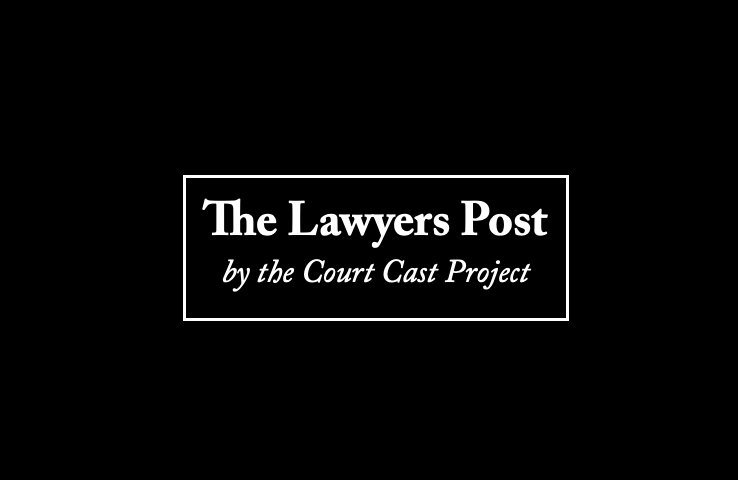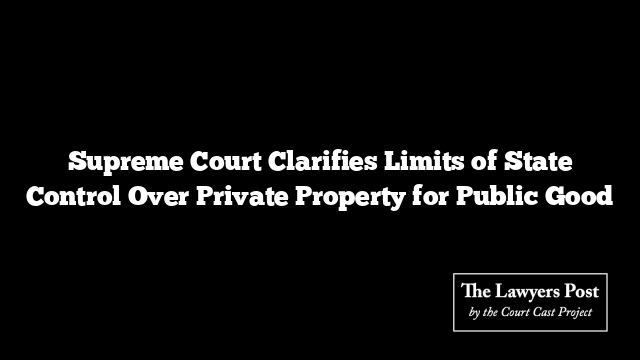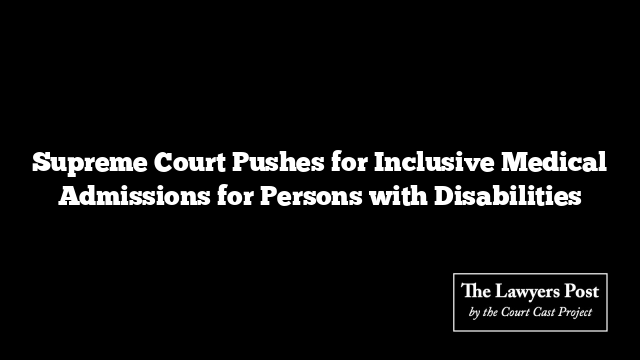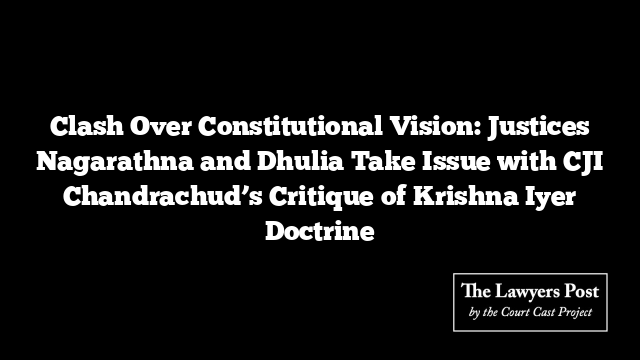The Supreme Court has delivered a significant ruling, overturning the earlier judgment in Sanjeev Coke that had extended the interpretation of Article 39(b) to include all private properties under the banner of “material resources of the community.” By a 7-2 majority, the Court emphasized the need for a more restrained approach to distributing private property for the common good.
In his majority opinion, Chief Justice DY Chandrachud outlined several reasons for rejecting the broad interpretation that all private resources could be seized by the state for redistribution. The Court made it clear that the term “material resources of the community” in Article 39(b) does not automatically encompass all privately owned property, but instead focuses on resources that are both “material” and directly “of the community.” The decision pointed out that if Article 39(b) had been intended to apply to all private property, it would have stated “resources of the state,” not “resources of the community.”
The ruling also distinguished between individual ownership of resources and their broader impact on the public. The Court underlined that while privately owned resources could fall under the scope of Article 39(b), only those that meet specific criteria—such as scarcity or ecological significance—could be considered material resources that serve the community’s welfare.
This decision also marked a departure from the expansive views expressed in previous judgments, particularly by Justice Krishna Iyer in the Ranganatha Reddy case and later in Sanjeev Coke, which suggested that all resources meeting material needs could be reallocated by the government. Such a broad interpretation, the Court argued, endorsed a particular economic ideology that conflicted with the Constitution’s protection of private property.
The Court reaffirmed the constitutional protection of private property under Article 300A, explaining that this right could not be undermined by an overreach in the application of Article 39(b). However, the ruling did acknowledge that certain privately held resources—like natural resources, wetlands, or ecological reserves—might justifiably be subject to state control if their concentration in private hands could harm the community’s well-being.
In conclusion, the judgment made it clear that while some privately owned resources may indeed fall under the public trust doctrine, not all private property qualifies as a “material resource of the community” for redistribution under Article 39(b). The Court emphasized a balanced approach that considers both individual rights and the public interest.





